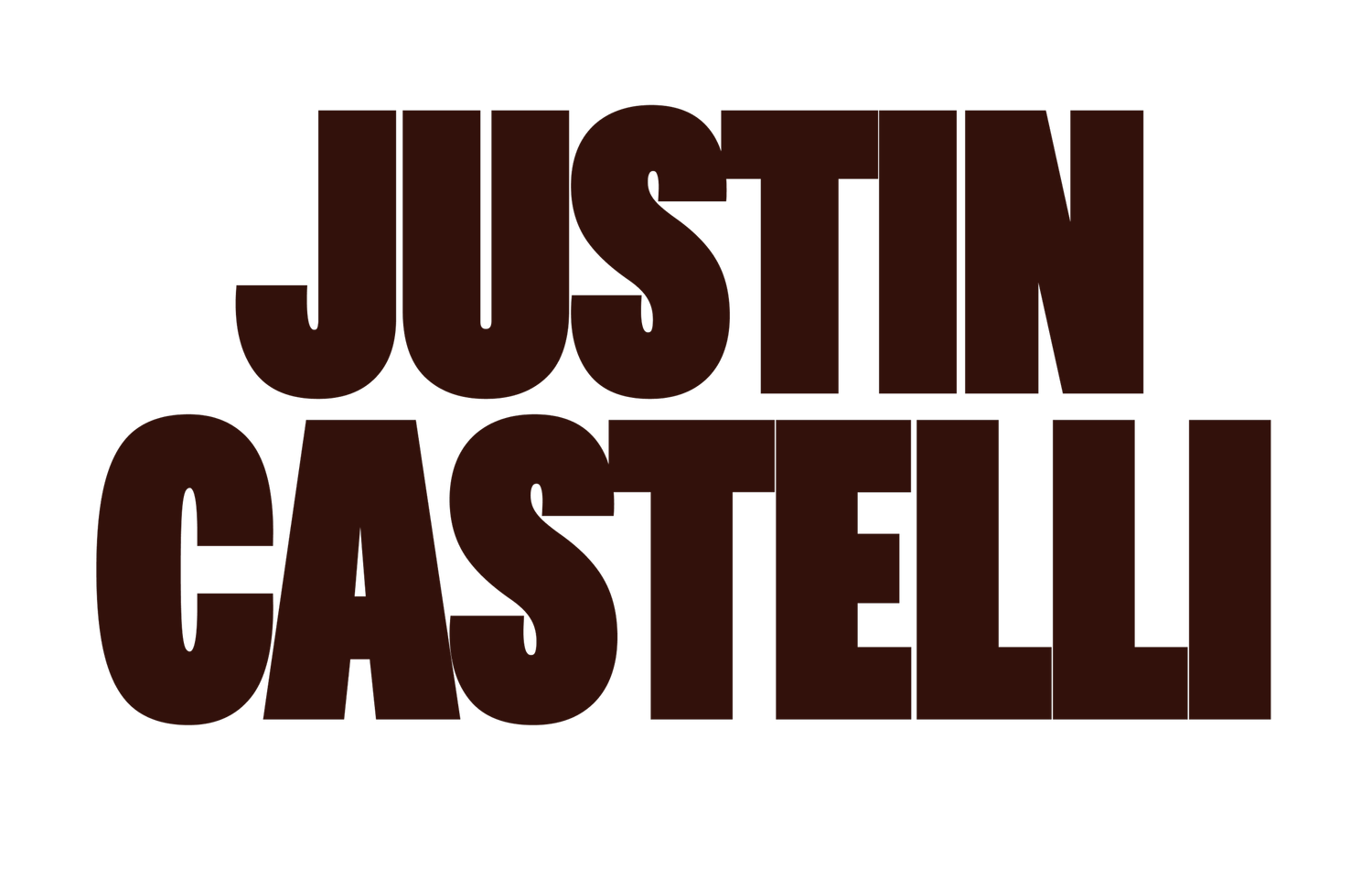risk
“It's not because things are difficult that we dare not venture. It's because we dare not venture that they are difficult.”
- Seneca
How do you define risk, and how much of that definition has been influenced by what society has determined to be risky?
There are obvious risks in life that should be avoided–sky diving without a parachute, driving without wearing a seat belt, tightrope walking over the Grand Canyon with no prior experience, or playing in traffic are great examples of risks that should probably be avoided.
But, there are other “risks” that more people should take.
These risks are personal because they affect your ability to live authentically. Since you were little, you have received stories, messages, and lessons about what a “safe” life looks like, and for most people, a safe life is following a path predetermined by others.
Go to this college because it has a good reputation.
Enter this profession because it has a good retirement system.
Spend time with certain people because of the connections they have.
Get married and have a family.
Buy a house.
Work hard and enjoy life when you retire and can afford to.
While these may not necessarily be bad narratives, they also may not be right for you. You were given advice like this because you are loved–the people sharing what they perceived as wisdom don’t want to see you struggling or hurting and believe the beaten-down path they are sending you down is safe.
They want to help you avoid taking on too much risk.
What is misunderstood about the perception of risk and how we live our lives is that the “safe” life is still risky, and the majority of the risk on this path is outside of our control—yes, there are a lot of risks in life that are outside of our control, but take the safety net of working in a corporate setting. The salary, benefits, and “job security” are all false guarantees; as we’ve seen throughout the years, corporations often view their employees as numbers and will not hesitate to let great employees go to meet earnings projections. There is no guarantee that being the best at what you do will keep you safe from downsizing–now, it might help you land on your feet much faster, and you should strive to be the best at what you do, but there is more risk to the safe life than many people realize.
Taking on the risk that you could be let go, lose your salary, benefits, and potentially retirement benefits any day is certainly worth it if you love what you do, the people you work with, and the company writing your checks. But, if you are miserable in what you do, the people you work with drain your energy, and you don’t care for the company you work for, is that risk worth it when you could find something that better aligns with you?
If you were to examine your current life closely, what risks are hiding under the surface of what has been told to be a “safe life”?
Are you comfortable with those risks?
Can you make changes in your life, and these are not only career-oriented risks, to shift some of those risks to where you have greater control or agency in them?
And, most importantly, can you be happier and make a bigger impact on the world by stepping outside of the safe life and taking on some “risks” that may not be so risky after all?
I don’t know what the right answer is for you; only YOU can find your truth. It is important to truly understand the risks you are exposed to and determine if they are right for your authentic life.
Speaking of risk, in today’s episode of LifeDesign+ my guest Lindsey Bell asked, “what’s the risk of staying exactly in the lane you're in?”
Tap in to here how Lindsey has navigated away from the corporate world to bet on herself, what she has learned in the process, how to be entrepreneurial in a corporate setting, and more about how playing it safe might actually be risky.
